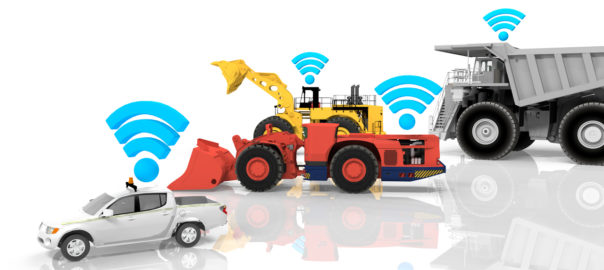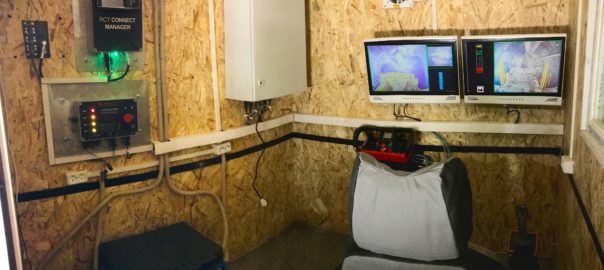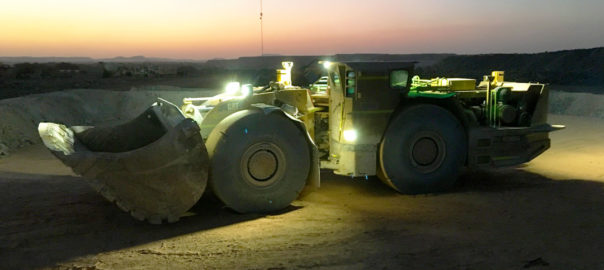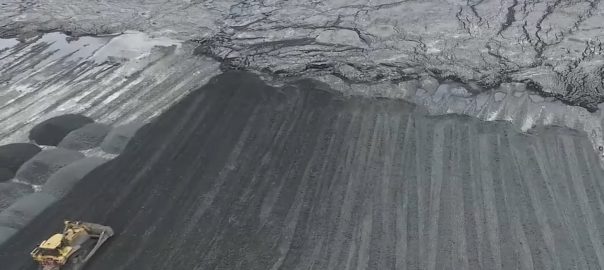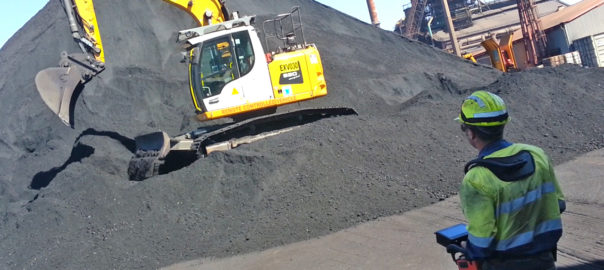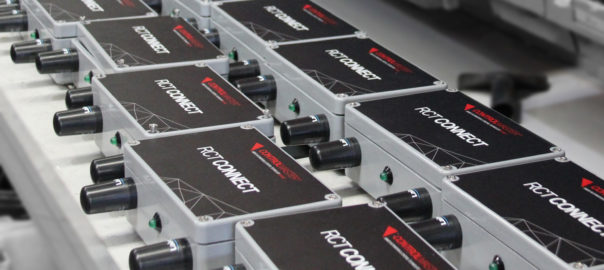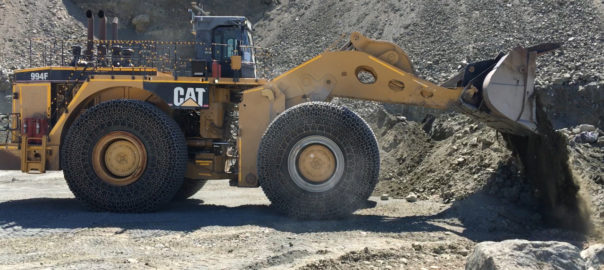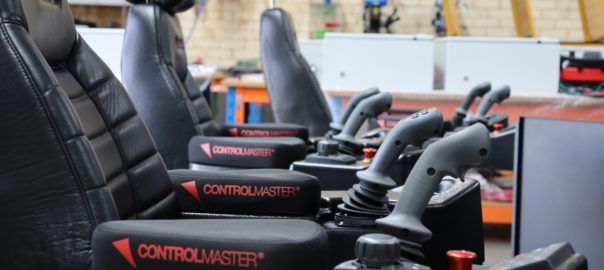RCT has signed a technology partnership with Haein Corp to supply autonomous solutions to heavy industries in South Korea.
Under the terms of the agreement, RCT, a leading autonomous solutions specialist, will manufacture and supply Haein Corp with its suite of technology solutions including ControlMaster® automation and control products and its Muirhead® protection systems range.
Haein Corp will distribute and commission the solutions to heavy industries throughout South Korea including the mining, steel processing and construction industries. The South Korea-based company will provide on-the-ground maintenance and assistance to end users with technical support from RCT.
RCT Account Manager, Shane Smith, said: “RCT is proud to be partnering with a capable company such as Haein Corporation and we look forward to supplying technological solutions that will help protect local workforces and optimise operations.
“Our flagship ControlMaster products have a proven history operating in harsh environments around the world and are an ideal solution for operating in extreme heat scenarios which are common in the South Korean Steel processing industry.
“Going forward, Haein Corporation with provide local technical support for end users while being backed up by RCT’s own customer service team.”
A spokesperson for Haein Corp said: “Our customer POSCO is very satisfied with RCT. This makes Haein Corp have confidence in RCT and we have now contracted two more deals with other customers.”
The technology partnership is the latest development in RCT’s business dealings in South Korea which began in 2014.







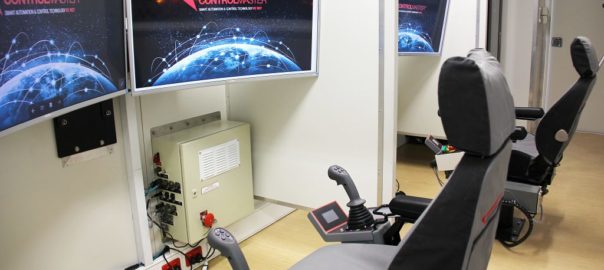
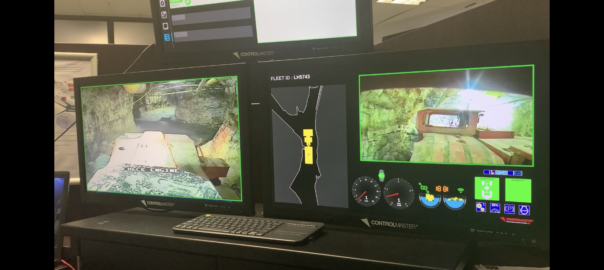
 l centre (pictured, left) was designed and established by South Deep and hosts the teleremote LHD operator automation centre, a teleremote rock breaker station, the operations control room, maintenance and production scheduling as well as business reporting functions.
l centre (pictured, left) was designed and established by South Deep and hosts the teleremote LHD operator automation centre, a teleremote rock breaker station, the operations control room, maintenance and production scheduling as well as business reporting functions.